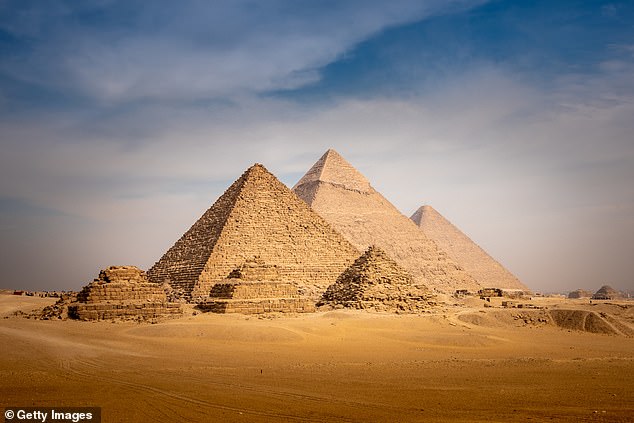
New Underground City Discovery at Giza Pyramids Challenges Historical Narratives
Mystery of a Hidden City Beneath Egypt’s Pyramids Sparks Debate
(Approx. 600 words)
A team of Italian researchers claims to have uncovered evidence of a vast underground city beneath Egypt’s Giza pyramids, potentially dating back 38,000 years—a discovery that, if verified, could rewrite human history. The group, led by researchers from the University of Pisa and the University of Strathclyde, suggests the Giza complex, including the Khafre pyramid, predates the widely accepted construction timeline by tens of thousands of years. They propose a pre-existing civilization built the structures before being wiped out by a catastrophic flood linked to an asteroid impact 12,000 years ago.
Evidence of Water and Salt
The team points to water erosion on limestone blocks near the Great Pyramid’s entrance and thick salt crusts inside its chambers as proof of ancient flooding. “Only certain stones show erosion, suggesting partial submersion,” said researcher Mei, who recently visited the site. They argue these salt deposits originated from ocean water inundating the plateau. However, Dr. Zahi Hawass, Egypt’s former antiquities minister, disputes this, attributing the features to natural weathering and the limestone’s composition.
[Image: Giza pyramids with caption: The Giza complex, traditionally dated to 4,500 years ago, faces controversial new claims about its origins.]
Underground Chambers and Radar Mapping
Using radar and seismic wave analysis, the team identified shafts and chambers over 2,000 feet below the Khafre pyramid, including structures resembling a “tuning fork” extending 4,000 feet underground. They speculate these could be remnants of a lost city or the mythical “Hall of Records,” a legendary repository of ancient knowledge. Critics, including radar expert Professor Lawrence Conyers, dismiss the 38,000-year claim as “outlandish,” noting humans 38,000 years ago were hunter-gatherers, not city-builders.
[Image: Radar scan of underground structures with caption: Researchers used seismic and radar data to map alleged chambers deep beneath the pyramids.]
Controversial Theories and Ancient Texts
The team’s theory leans on the Younger Dryas hypothesis—a fringe idea suggesting a comet triggered a global flood around 12,000 BCE. Mei argues an oceanic impact could explain the lack of crater evidence, submerging a prior advanced civilization. They also cite Chapter 149 of the Book of the Dead, which describes a “city of the dead” beneath Giza. “The pyramids were built atop this city, sealing its entrance,” Mei claimed.
[Image: Ancient Egyptian text with caption: Researchers link their findings to descriptions in the Book of the Dead.]
Skepticism and Technical Challenges
Mainstream scholars remain unconvinced. Hawass criticized the radar methods as “unscientific,” while Conyers noted cities didn’t emerge until


